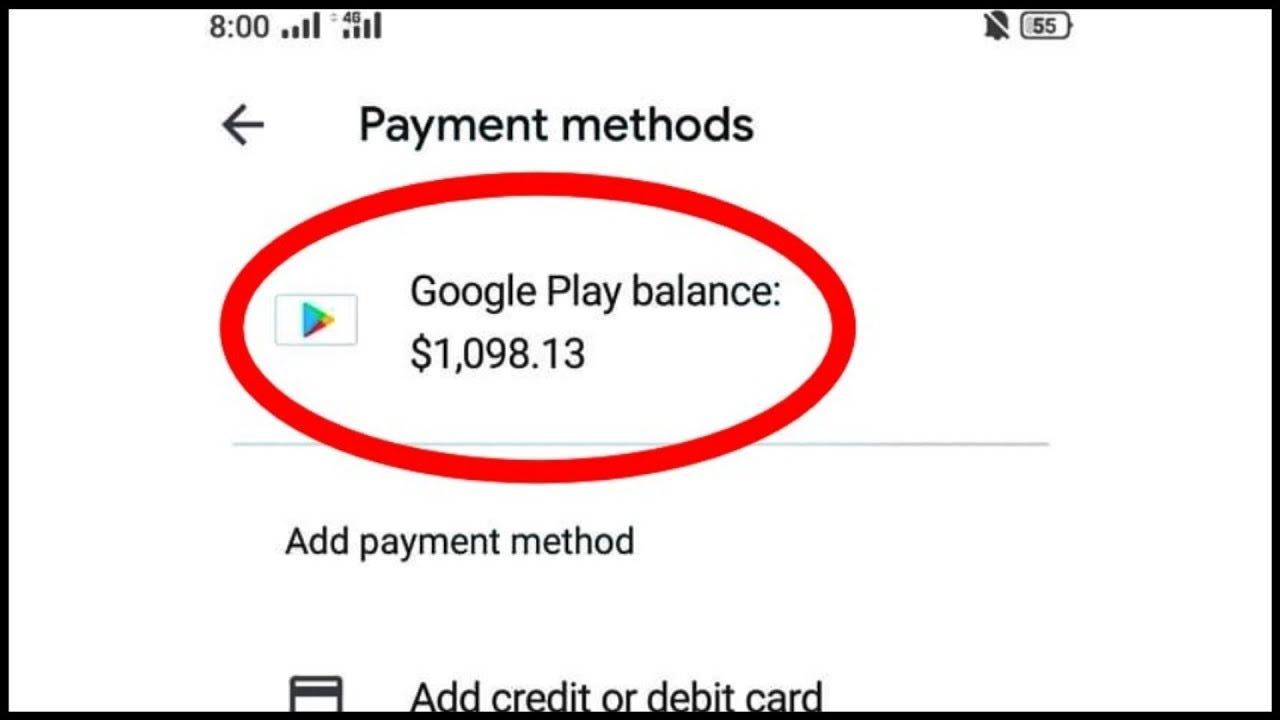

Finance
Rate Trigger Definition
Published: January 15, 2024
Learn the definition of rate trigger in finance and understand how it impacts the financial market. Stay informed and make better investment decisions.
(Many of the links in this article redirect to a specific reviewed product. Your purchase of these products through affiliate links helps to generate commission for LiveWell, at no extra cost. Learn more)
The Ultimate Guide to Rate Trigger Definition in Finance
Are you looking to gain a better understanding of rate triggers in finance? You’ve come to the right place! In this blog post, we will delve into what rate triggers are, why they are important, and how they can impact your financial decisions. So let’s dive in!
Key Takeaways:
- A rate trigger is a predetermined threshold that, when crossed, initiates a specific action or change in interest rates.
- Rate triggers play a crucial role in financial planning and decision-making, as they can affect the profitability and stability of various investments and financial products.
Understanding Rate Triggers
In the world of finance, rate triggers serve as decision-making tools that help individuals and organizations determine when to take specific actions related to interest rates. These triggers serve as benchmarks, signaling when market conditions have reached a certain point that warrants a change in interest rates or other financial activities.
Rate triggers can be based on a variety of factors, including economic indicators, market benchmarks, policy changes, or even personal financial goals. When a predetermined rate trigger is reached, it prompts a pre-planned action or adjustment, ensuring that your financial decisions align with market movements.
Rate triggers are commonly used in various financial instruments, such as adjustable-rate mortgages, savings accounts, credit cards, and loans. In each case, rate triggers are used to determine when interest rates should be adjusted, providing flexibility and adaptability to the ongoing market conditions.
Why Rate Triggers Matter
Now that we understand what rate triggers are, let’s explore why they are crucial in the world of finance:
- Financial Planning: Rate triggers enable individuals and organizations to plan and strategize their financial moves based on specific market conditions. By setting rate triggers, you can ensure that your financial decisions align with prevailing interest rates, maximizing the potential returns and minimizing risks.
- Investment Management: Rate triggers serve as valuable tools for investment management. By monitoring rate triggers, investors can make informed decisions about when to buy, sell, or hold various financial assets. Understanding rate triggers helps investors stay ahead of market movements and optimize their investment portfolios.
- Risk Mitigation: Rate triggers can help mitigate risks and safeguard against unfavorable market conditions. By setting rate triggers, individuals and organizations can proactively take action to mitigate risks when interest rates reach certain levels. This can help protect against potential financial losses.
- Flexibility and Adaptability: Rate triggers provide flexibility and adaptability by allowing individuals and organizations to respond to changing market dynamics. By setting rate triggers, you can take advantage of favorable interest rates or adjust your financial strategies when market conditions become less favorable.
Conclusion
Rate triggers are powerful tools in the world of finance, enabling individuals and organizations to make informed decisions based on prevailing market conditions. By understanding rate triggers and incorporating them into your financial planning and decision-making processes, you can maximize your potential returns, minimize risks, and stay in control of your financial well-being.
Remember to keep an eye on rate triggers for the financial instruments you use, as they can greatly impact your financial outcomes. Stay informed, stay adaptable, and make the most of the opportunities presented by rate triggers!














